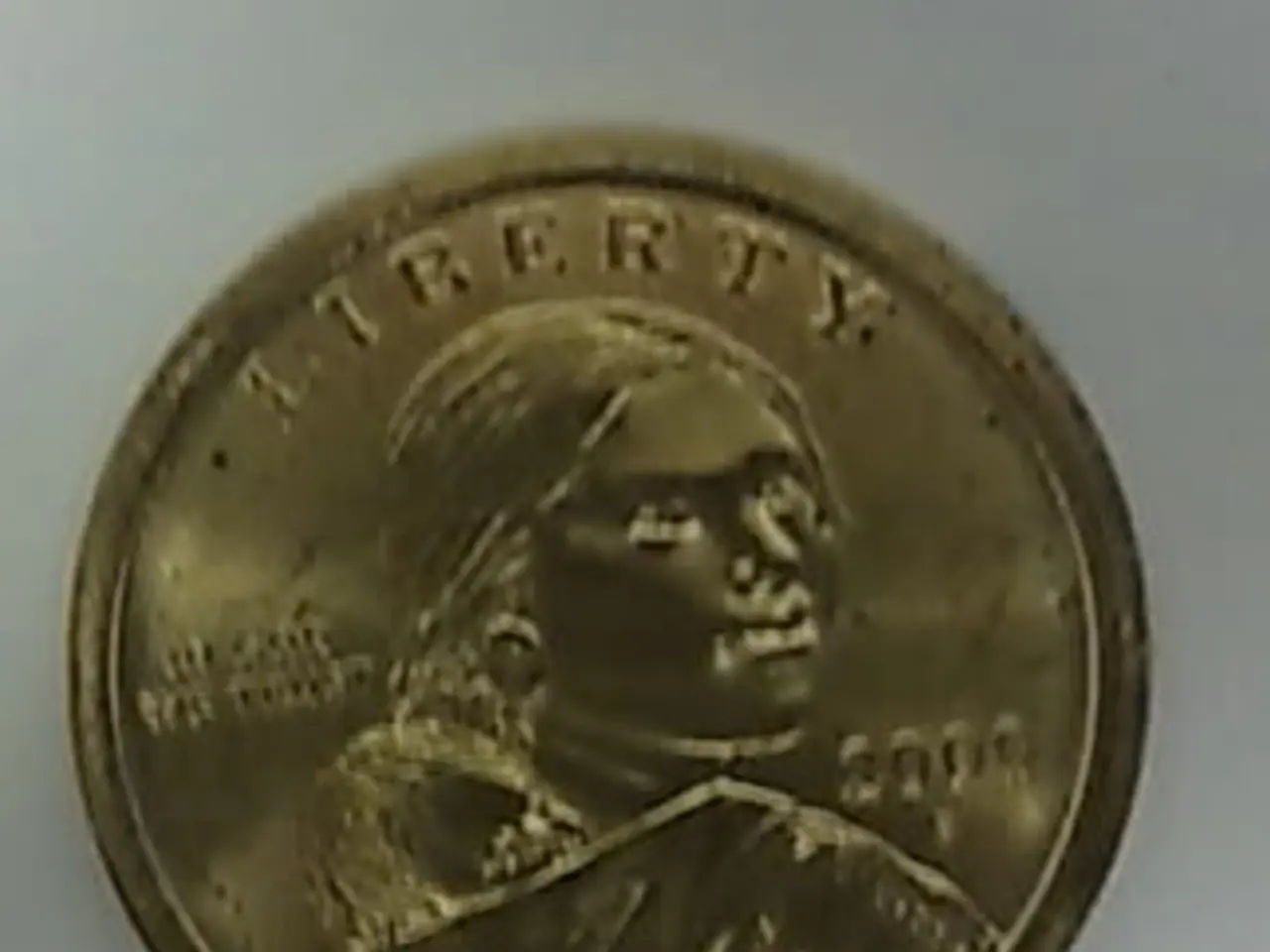Gold's Modest Surge Raises Concerns About Dollar and Equity Returns
Gold's value has surged since 2020, sparking concerns about a weakening euro to dollar exchange rate and potential equity returns. This rise, while notable, is relatively modest compared to previous rallies, yet stocks have remained robust.
Historical trends suggest gold's performance mirrors broader economic conditions. In the 1970s, gold soared from $35 to $513 per ounce as the dollar's link to gold was severed, indicating inflation. Similarly, under President George W. Bush, gold returned 360% while the S&P 500 declined by 0.95%.
However, gold's role as an inflation hedge is debated. In 2022, despite inflation hitting a 40-year high, gold declined more than stocks. Economist Joel Mokyr notes two types of inflation: one measured by the Bureau of Labor Statistics (CPI) and another by gold's performance. Gold's recent rise, therefore, may signal a falling dollar and investor concern, but its reliability as an inflation measure is contested.
Gold's rise since 2020, while modest compared to past rallies, has raised concerns about a weakening dollar to euro exchange rate and potential equity returns. Its historical performance as an inflation hedge is mixed, with periods of strong gains contrasting with recent underperformance. As such, investors and economists alike watch gold's trajectory with interest.







